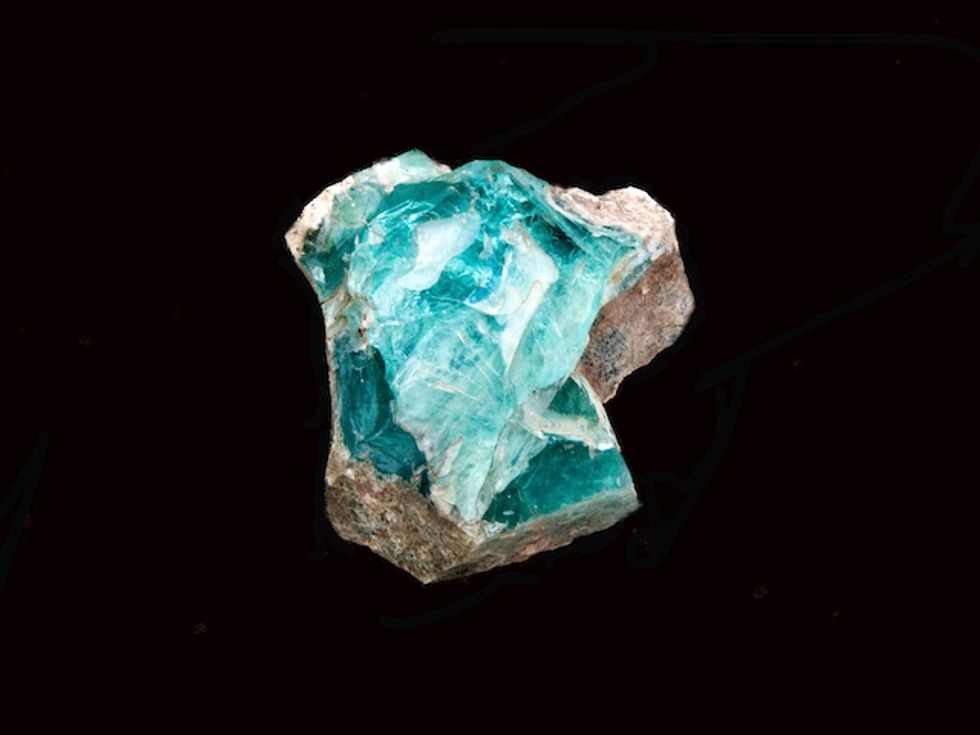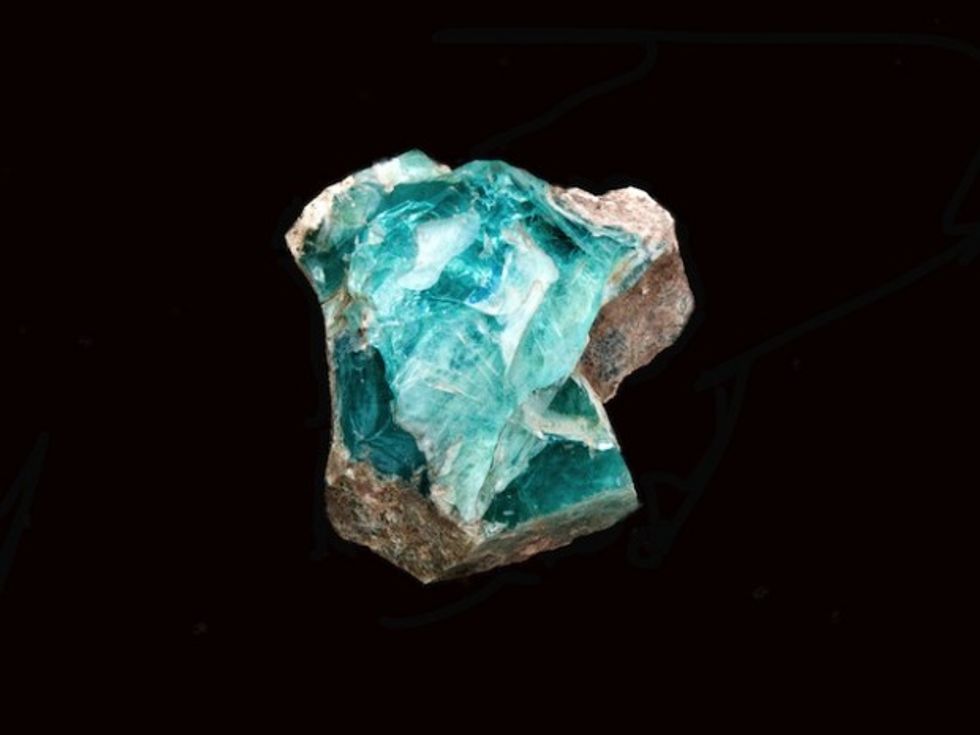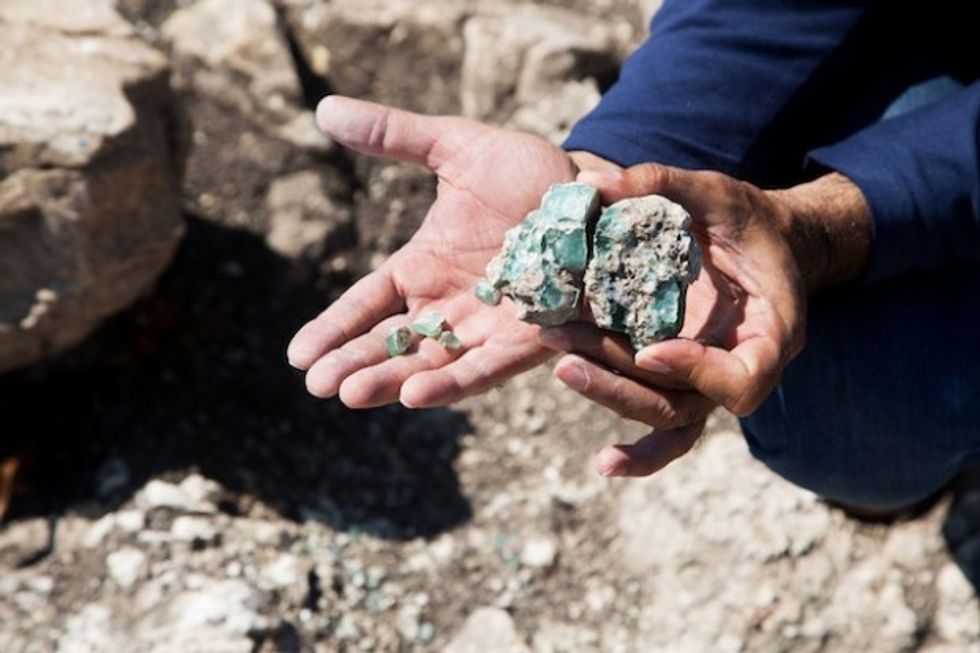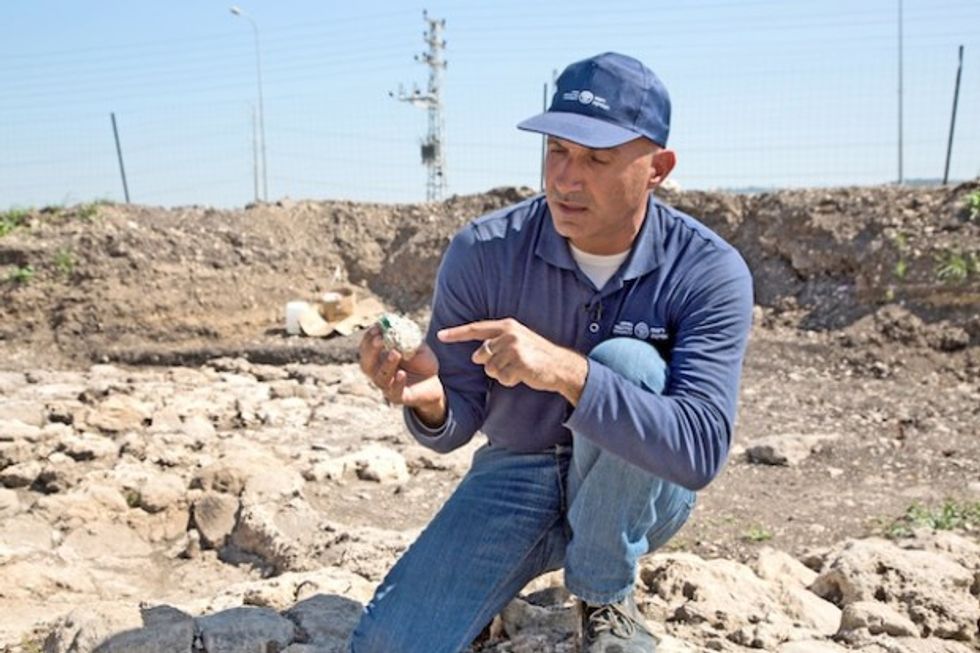
A chunk of glass that was found in the kiln. (Photo: Shmuel Magal/Israel Antiquities Authority)

The Israeli Antiquities Authority on Monday announced the discovery of 1,600-year-old kilns, the oldest ever found in Israel, offering new evidence that the Holy Land was a major center for glass production in the ancient world.
The Antiquities Authority called the discovery “extraordinary” and the “oldest glassworks ever found in Israel.”
Apparently, the find has caused quite a buzz among archaeologists specializing in ancient glassware.
“The excavation of the kilns has caused great excitement in recent weeks among glass researchers throughout the world, some of whom have come especially to Israel in order to see this discovery first hand,” the Antiquities Authority said in a statement.

Archaeologists believe the kilns were used to produce commercial quantities of glass during the late Roman period.
“This is a very important discovery with implications regarding the history of the glass industry both in Israel and in the entire ancient world,” said Yael Gorin-Rosen, head curator of the Israel Antiquities Authority's glass department.
Gorin-Rosen explained that written documents from the Roman period noted that northern Israel had “excellent quality sand” ideal for glass production. In addition, glass vessels discovered in European shipwrecks in the Mediterranean Sea are believed to have originated in the Holy Land, based on chemical analyses of the glass.

"This is a sensational discovery and it is of great significance for understanding the entire system of the glass trade in antiquity,” said professor Ian Freestone of University College London, an expert in ancient glass technology.
“This is evidence that Israel constituted a production center on an international scale hence its glassware was widely distributed throughout the Mediterranean and Europe,” Freestone added.
The kilns were found by chance during an excavation preceding railway construction work in northern Israel’s Jezreel Valley region.
Excavation director Abdel Al-Salam Sa‘id said that while he was overseeing routine inspection he suddenly saw chunks of glass in a trench.
He stopped the construction and started excavating the site.

“We exposed fragments of floors, pieces of vitrified bricks from the walls and ceiling of the kilns, and clean raw glass chips. We were absolutely overwhelmed with excitement when we understood the great significance of the finds,” Sa’id said.
The Antiquities Authority offered more details on the discovery:
The kilns that were revealed consisted of two built compartments: a firebox where kindling was burnt to create a very high temperature, and a melting chamber — in which the raw materials for the glass (clean beach sand and salt) were inserted and melted together at a temperature of c. 1,200 C degrees. The glass was thus heated for a week or two until enormous chunks of raw glass were produced, some of which weighed in excess of ten tons. At the end of the manufacturing process the kilns were cooled; the large glass chunks that were manufactured were broken into smaller pieces and were sold to workshops where they were melted again in order to produce glassware.
During the fourth century A.D., light green Judean glass was considered less expensive than Alexandrian glass from Egypt.
Like today, during the Roman period glass was used for household needs as well as in construction for windows, mosaics and lighting fixtures.